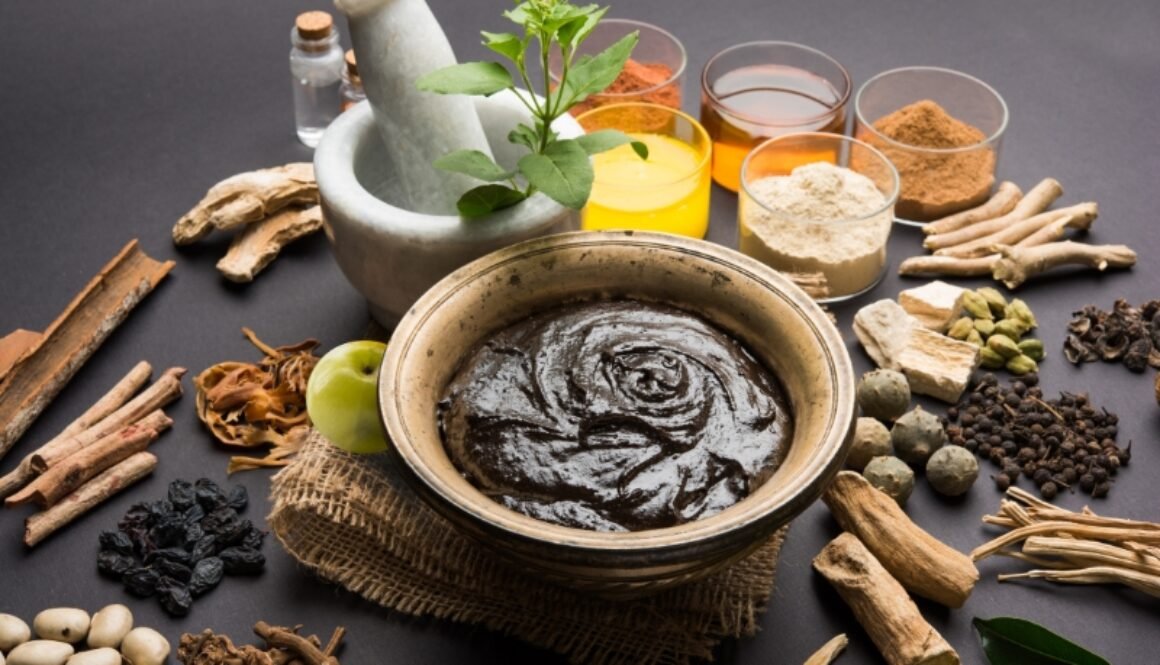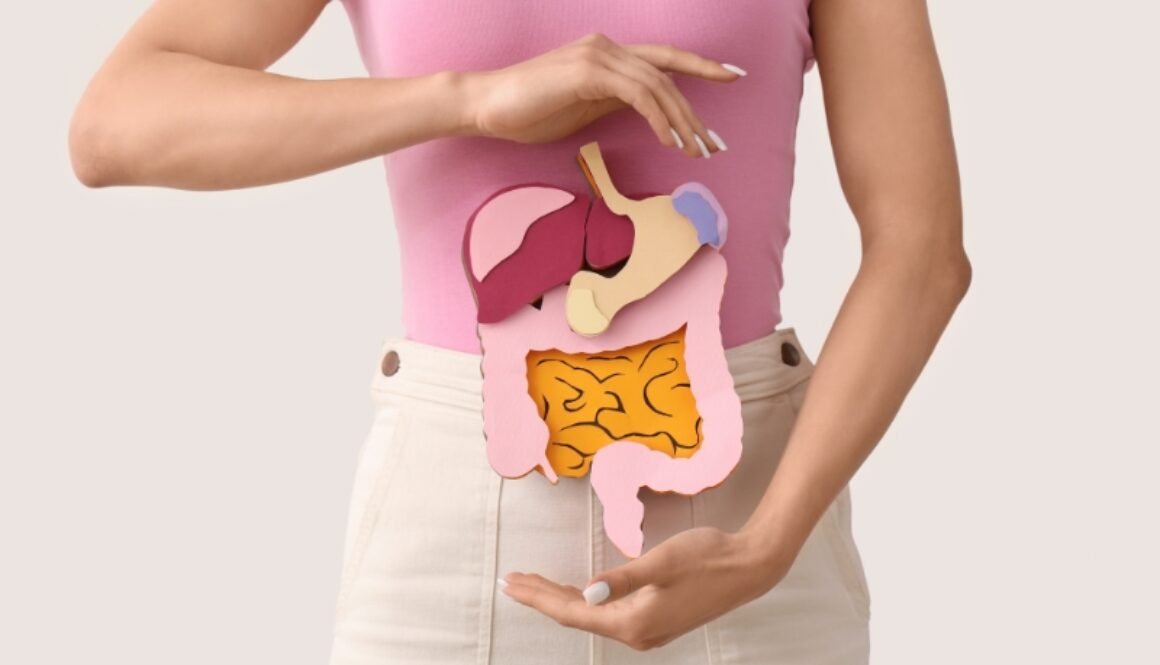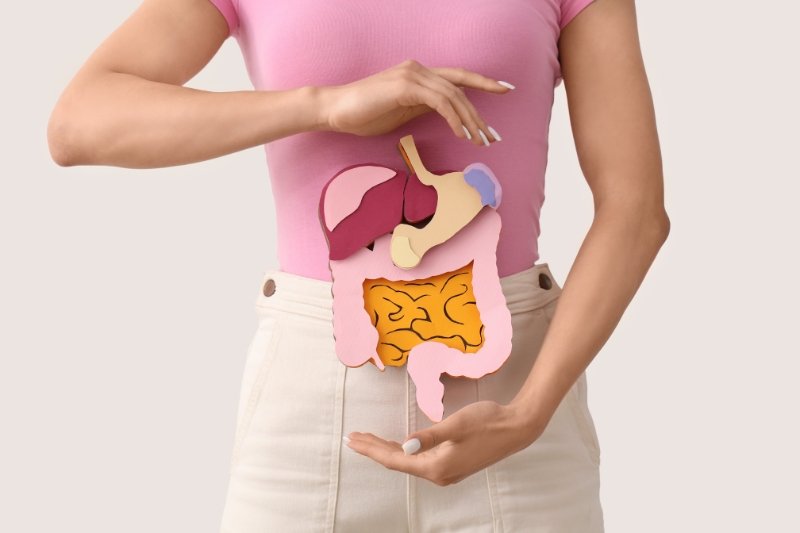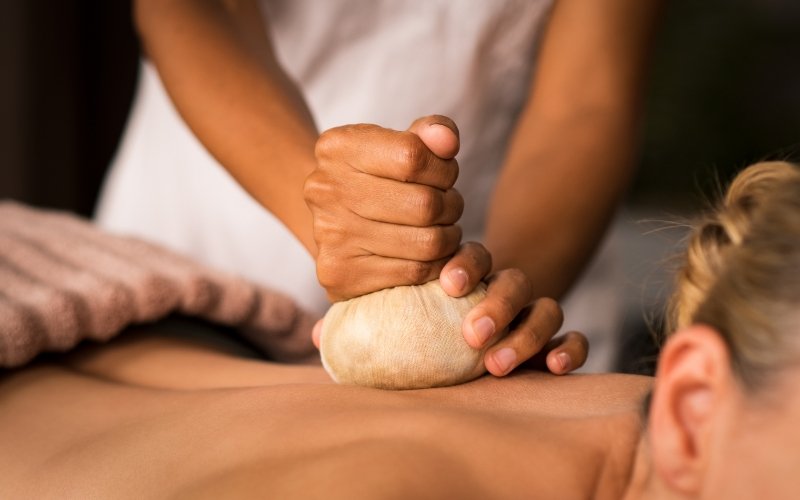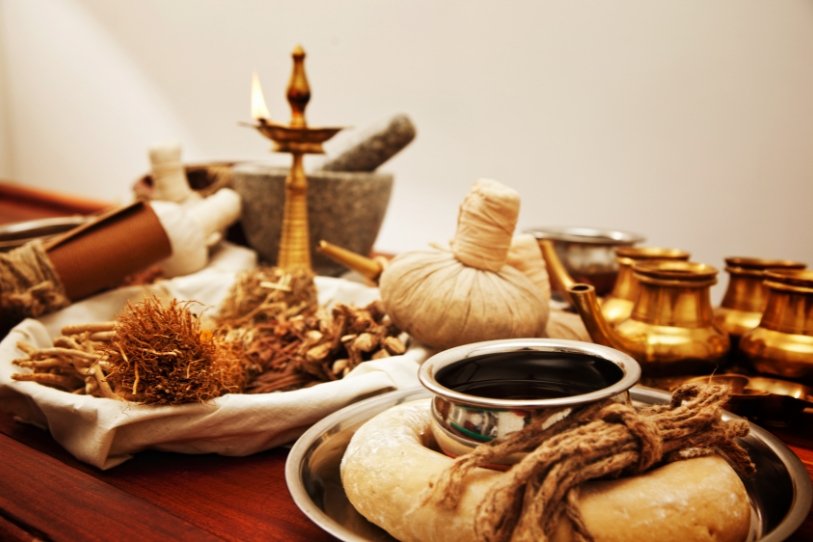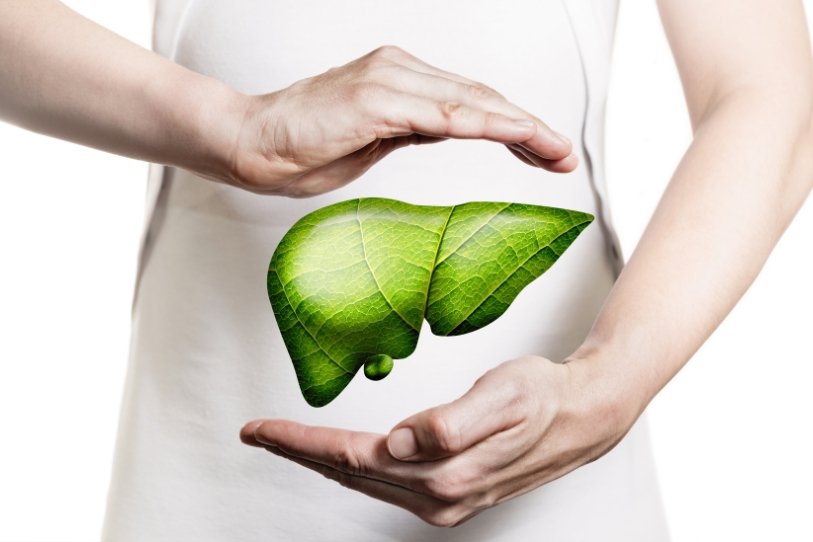Understanding the Tridosha: Vata, Pitta and Kapha Theory
Ayurveda, the proven science of life and longevity, is an individualized method of health and wellness. Its central concept is the Tridosha theory, which describes the three basic energies Vata, Pitta and Kapha that control the human body and mind. It is through knowledge of these doshas, which represent mixtures of the five elements earth, water, fire, air and space, that a person can enjoy a healthy, disease-free existence.
In this blog, we’ll explore what the Tridosha theory is, how Vata, Pitta and Kapha influence your body and mind,and how to identify and balance your unique dosha body type. If you’re looking to understand Ayurvedic body types and how they relate to your health, diet, personality and lifestyle, you’re in the right place.
What is the Tridosha Theory in Ayurveda?
The Tridosha theory is foundational to Ayurvedic medicine. According to this theory, the body is composed of three doshas: Vata, Pitta and Kapha. These doshas are responsible for all biological and psychological functions in the body. Each person has a unique combination of these doshas, which determines their dosha body type or Ayurvedic body type.
-
- Vata is associated with movement, air and space.
-
- Pitta relates to transformation, fire and water.
-
- Kapha symbolizes structure, earth and water.
Health in Ayurveda is defined as a state in which all three doshas are balanced. When any one of them becomes excessive or deficient, it leads to disease or discomfort.

Overview of Ayurveda Vata, Pitta and Kapha
Vata Dosha The Energy of Motion
Vata is composed of air and ether. It controls movement in the body: breathing, circulation, nerve impulses and elimination. It is the most active dosha and governs creativity, flexibility and quick thinking.
Vata body type characteristics:
- Physically: Thin frame, dry skin, cold hands and feet, irregular appetite
- Emotionally: Creative, spontaneous, but prone to anxiety and fear
- Prone to: Bloating, constipation, joint pain and insomnia
A Vata imbalance can cause one to feel ungrounded, scattered, or overly anxious. To balance Vata, focus on warmth, routine, nourishing foods and relaxation practices.
Pitta Dosha The Energy of Transformation
Pitta represents fire and water, governing digestion, metabolism and intellect. It provides energy for transformation in both body and mind.
Pitta body type characteristics:
- Physically: Medium build, strong appetite, warm body temperature
- Emotionally: Intelligent, ambitious, but can be irritable or impatient
- Prone to: Heartburn, rashes, inflammation, ulcers
A Pitta imbalance may show up as anger, judgment, or physical overheating. Cooling foods, meditation, and avoiding overexertion are essential for calming the Pitta dosha.
Kapha Dosha The Energy of Stability
Earth and water are the elements that make up kapha. It governs structure, cohesion, and lubrication of joints and organs. It’s responsible for strength, immunity and endurance.
Kapha body type characteristics:
- Physically: Sturdy build, smooth oily skin, slow digestion
- Emotionally: Loyal, calm, grounded, but may become possessive or lethargic
- Prone to: Weight gain, sinus congestion, depression
To balance Kapha, bring in stimulating activity, dry and light foods, and emotional diversity to avoid stagnation.
Ayurvedic Body Types: Finding Your Dosha
Your Ayurvedic body type is your individual combination of Vata, Pitta, and Kapha. This combination decides your physical build, mental inclination, digestion, sleeping habits, and even your vulnerability to certain diseases.
Most of us are one of the following:
- Single Dosha Dominant: (e.g., pure Vata, Pitta body type, or Kapha)
- Dual Dosha Type: (e.g., Vata-Pitta, Pitta-Kapha, Vata-Kapha)
- Tridoshic Type: All three doshas are moderately balanced
To find your dosha body type, Ayurvedic practitioners study your physical form, emotional personality, and lifestyle habits. There are also numerous online quizzes that can give a rough idea, but the best results come from a professional consultation.

The Importance of Balancing Vata, Pitta and Kapha
Maintaining balance between Vata, Pitta and Kapha is essential to optimal health. When in balance, these energies create harmony and support all bodily functions. However, sickness may result when one or more doshas are worsened by poor food, stress, seasonal changes, or lifestyle choices.
Instances of imbalances include:
- Excess Vata: diarrhea, anxiety and dry skin
- Excess Pitta: Acid reflux, anger and acne
- Excess Kapha: sluggishness, congestion and weight gain
Understanding your Ayurvedic body type helps you make better lifestyle, dietary, and mental health choices.
Diet and Lifestyle Tips for Each Dosha Body Type
Vata Body Type
- Eat warm, cooked, and moist foods
- Avoid cold, raw, and dry snacks
- Maintain a regular schedule
- Practice grounding activities like yoga, meditation
Pitta Body Type
- Favor cooling foods like cucumber, coconut, and leafy greens
- Limit spicy, fried, or fermented foods
- Stay out of excessive heat and avoid overexertion
- Embrace calming exercises and deep breathing
Kapha Body Type
- Choose light, dry and spicy foods
- Avoid heavy, oily and dairy-rich meals
- Stay active and challenge your mental comfort zones
- Wake up early and avoid afternoon naps
Season’s effect on the Doshas
Based on the Tridosha theory, both rise and decline of each of the doshas depend upon the seasons:
Season of Vata: Autumn and early winter: windy, dry, and cold, Season of Pitta: Late spring to summer: hot and intense
Kapha season: Later winter to spring: heavy and moist
Being mindful of the changing seasons allows you to prepare by modifying your diet and habits to maintain Vata, Pitta and Kapha balance.
Common Misconceptions About Dosha Body Types
Many people assume that their dosha body type never changes. While your base constitution (Prakriti) remains the same throughout life, your current state (Vikriti) can shift due to environment, stress, age and diet. This means even a Pitta body type can have a Kapha imbalance and so on.
Also, it’s not about labelling yourself as just one dosha. Tridosha theory emphasizes dynamic balance, not rigid identity.
Modern Relevance of the Tridosha Theory
In today’s fast-paced world, the ancient wisdom of Ayurveda is more relevant than ever. Personalized health is gaining momentum and the Tridosha theory offers a deep, intuitive framework to understand your unique needs.
Working with your Vata, Pitta, and Kapha energies can result in long-lasting change, whether your goal is to reduce weight, manage stress, improve digestion, or increase mental clarity.
Final Thoughts
A powerful instrument for self-discovery, health enhancement and overall well-being is the Tridosha theory of Vata, Pitta and Kapha. Knowing your dosha body type and making lifestyle choices that support its balance can help you live with greater energy, clarity and peace.
Embrace your Ayurvedic body type and listen to your body’s signals. With the wisdom of Ayurveda and the Tridosha theory, you don’t just treat symptoms you transform your life at the root level.

